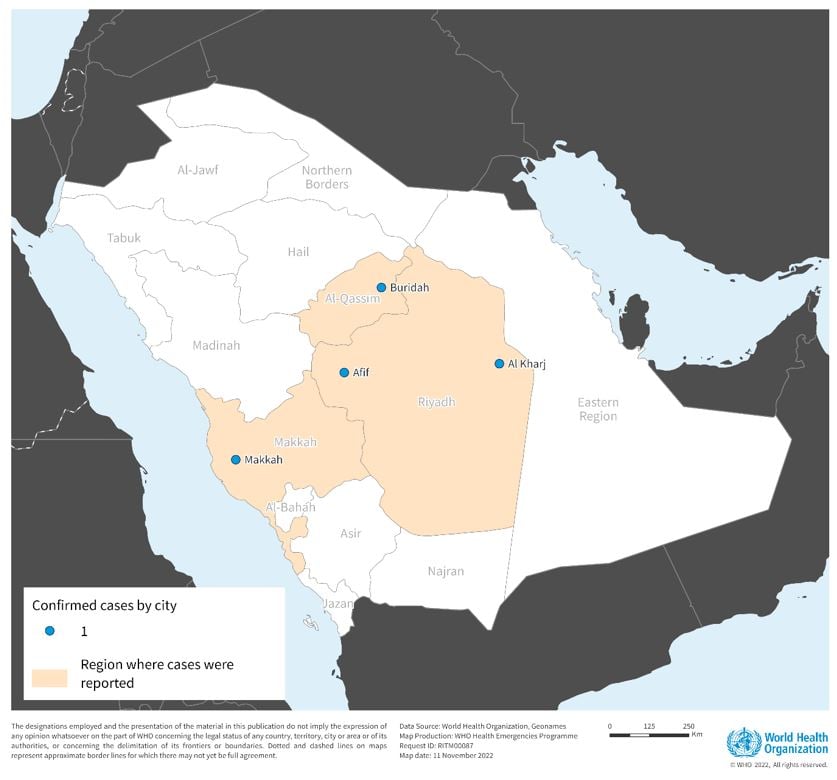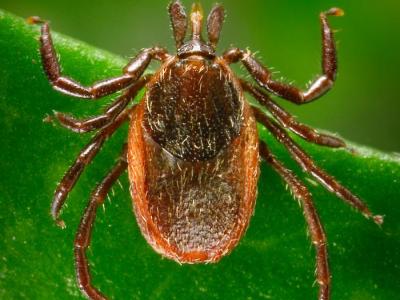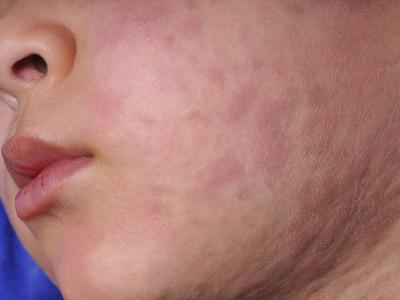An analysis yesterday by researchers with the TB Alliance, Stop TB Partnership, World Health Organization (WHO), and other groups estimates that the recently approved BPaLM/BPaL treatment regimen for drug-resistant tuberculosis (DR-TB) could save governments up to $740 million a year, enough to supply more than 400,000 people with almost a year's worth of DR-TB treatment.
The all-oral BPaLM/BPaL regimen consists of 6 months of bedaquiline, pretomanid, linezolid and moxifloxacin, with the option of dropping moxifloxacin for infections involving fluoroquinolone resistance. The therapy will be included in WHO guidelines for treating DR-TB.
The experts' analysis factored in drug costs, healthcare costs, and patient-incurred cost in arriving at their projections. In the study, published in PLOS Global Public Health, they estimate that the cost of implementing the regimen is 40% to 90% less expensive than current drug courses, even without including patient-incurred costs.
According to WHO data cited in a TB Alliance news release, an estimated 440,000 people every year contract DR-TB. Before this new regimen, DR-TB treatment lasted 18 months or longer and included a complex cocktail of medicines that was hard to tolerate. Shorter regimens that lasted 9 to 11 months were found to be effective several years ago, but even then, more than 40% of patients were unable to complete treatment.
"TB is a difficult disease to cure, requiring a combination of medicines that all have different ways of eliminating a bacterium that is absolutely tenacious," said Sandeep Juneja, MBA, a co-author and Senior Vice President, Market Access, of TB Alliance. "The significant savings generated by switching to short therapies will help health systems bridge the gap in TB care."
Coauthor Saurabh Rane, a member of Survivors Against TB in Mumbai, India, added, "The new regimen can save patients both time and suffering. The faster TB patients can return to health, the better it is for everyone."
 hospitalized. The men had contact with camels and had consumed camel milk. The agriculture ministry's related investigations identified the virus in camels in those three instances. So far, the 23-year-old woman's exposure source isn't known.
hospitalized. The men had contact with camels and had consumed camel milk. The agriculture ministry's related investigations identified the virus in camels in those three instances. So far, the 23-year-old woman's exposure source isn't known.














